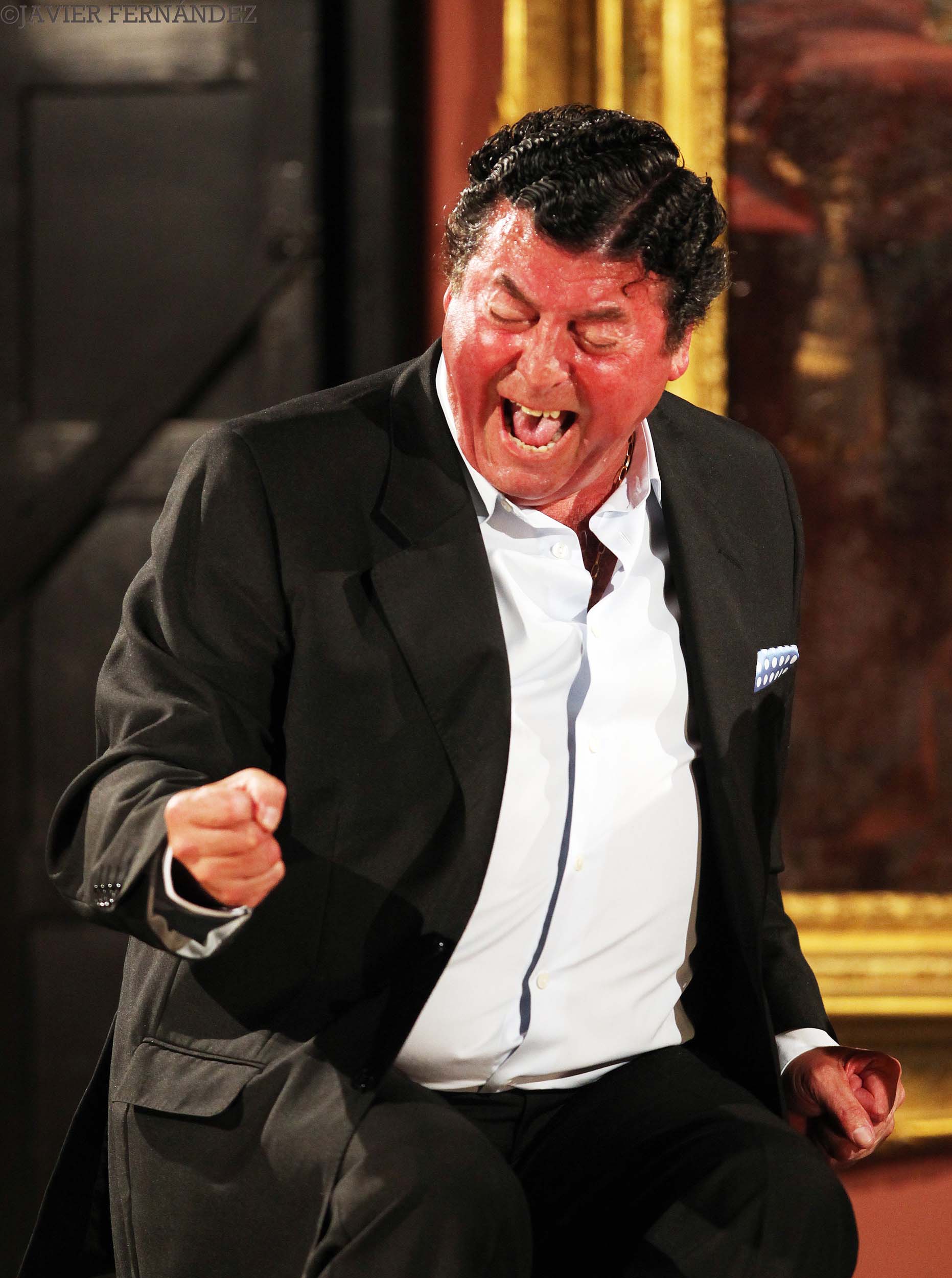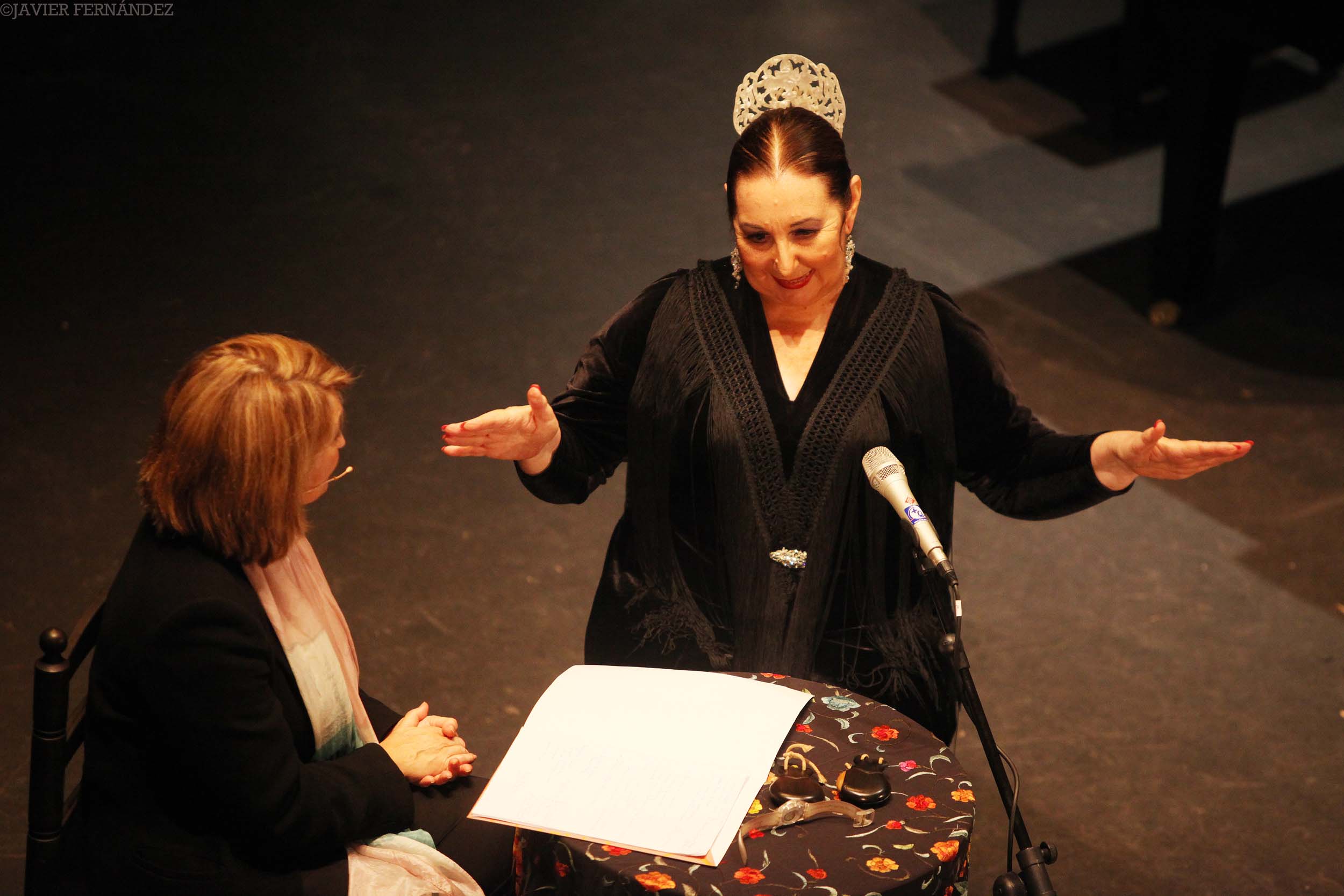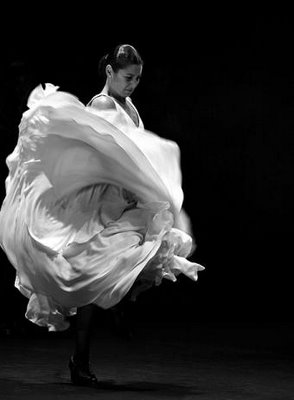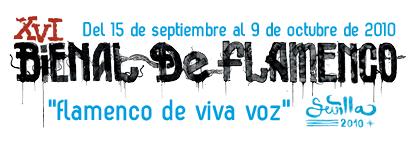The dancer Sara Baras has spent over a decade headlining successful shows thanks to her magnificent work on stage. Her racial, profound and elegant dancing is topped off by exquisite staging making her deserving of her numerous recognitions, amongst which some of the most important include the National Dance Prize, The Max Performing Arts Prize in the Best Female Dancer, Best Dance Performance and Best Choreography categories, as well as the Gold Medal of Andalucía. However, the most important of all of her recognitions is the loyalty of her public, who show after show, have packed the theatres that the dancer from Cadiz has graced and from which she has no announced she will now retire temporarily. The young Baras has decided to take a break to become a mother, as the doctors have recommended that she take a professional break in order to seek motherhood. Sara Baras is saying her goodbyes to the stage with ‘Esencia’ a collection of her most brilliant and unforgettable moments, a sort of anthology of her career. Twelve years ago, Baras founded her own company and has since traveled the world with nine shows characterized by their excellent quality, making her a reference in the dance world and a part of flamenco history. In ‘Esencia,’ audiences will enjoy the Works from Baras’ Juana la Loca, Mariana Pineda and Carmen. Baras combines her own personal presence with that of these historical women. |

The singer Luis Fernández Soto “El Zambo” has a prodigious ancestral voice and haunting moan. An absolute master of song and the singing styles typical of Jerez, Luis’ manner of interpreting flamenco song is an excellent example for young artists. The Conciertos de Palacio cycle offered attendees of all ages the best possible opportunity to see the singer from Jerez, face to face and without a microphone.
The dancer and choreographer from Seville Fernando Romero challenged himself by making a flamenco version of a classic: Stravinsky’s “The Soldier’s Tale” written in 1918. Romero plays the role of a soldier who makes a deal with the devil, embodied by Manolo Marín. The other characters are the singers Juan José Amador and Miguel Ortega, who act as the narrators, and Isabel Bayón in the role of the princess.
“Historia de un soldado” follows in the footsteps of theatrical flamenco dance. It was at the beginning of last century when this artistic style began with artists like Antonia Mercé “La Argentina,” a style also interpreted by grand masters, such as José Granero and Mario Maya, who without a doubt influenced Romero.
As of March 22nd tickets for any of the over 50 shows programmed as part of the Bienal de Flamenco de Sevilla are officially on sale. This is an event that flamenco lovers won’t want to miss, with six cycles to choose from: ‘To the sound of the stars,’ ‘Flamenco for children,’ ‘Flamenco to come,’ ‘Classics of the XXI Century,’ ‘Flamenco and other birds’ and ‘The jondo of the future.’ In total, there will be 58,000 seats on sale, with prices ranging from 4 Euros for shows at the Teatro Alameda to 45 Euros for performances at the Teatro Maestranza. There are prices to suit all wallets, making flamenco available to a heterogeneous and diverse public... |










































 Wholesalers/Stockists
Wholesalers/Stockists Contact
Contact





